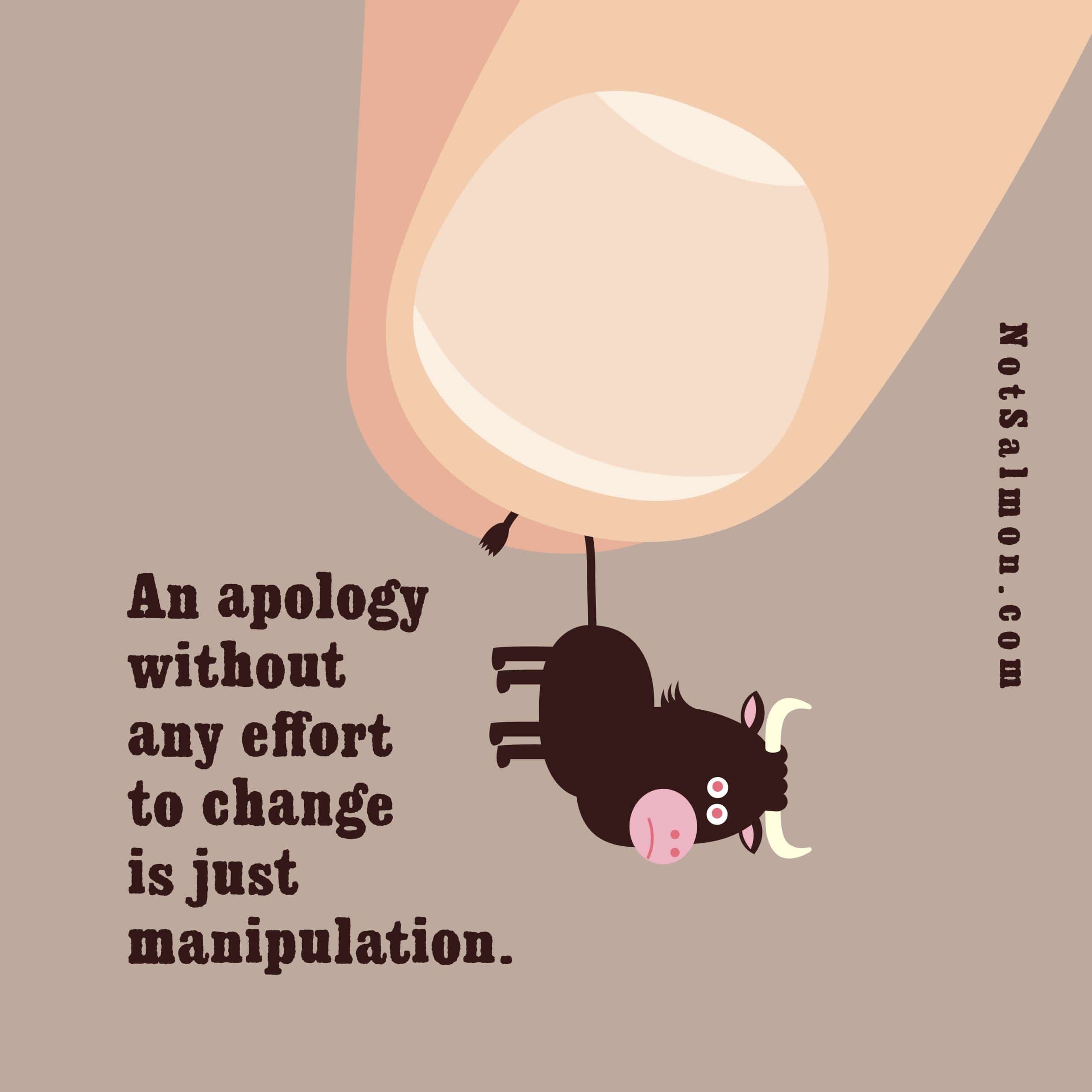Tip 1: Practice Transparency
 What It Means: Practicing transparency as a leader involves openly sharing information, decisions, and company insights with your team. It’s about being honest and straightforward, removing the barriers of hierarchy and closed-door policies. Transparency builds trust and creates a mutually respectful and inclusive workplace environment.
What It Means: Practicing transparency as a leader involves openly sharing information, decisions, and company insights with your team. It’s about being honest and straightforward, removing the barriers of hierarchy and closed-door policies. Transparency builds trust and creates a mutually respectful and inclusive workplace environment.
Research: Studies consistently demonstrate the positive impact of transparency in leadership on employee trust and satisfaction.
Example: Howard Schultz, the CEO of Starbucks, has long practiced transparency, openly sharing his thoughts and feelings about the company and its direction. This openness has fostered a strong sense of trust and loyalty among Starbucks employees.
Tip 2: Foster Psychological Safety
What It Means: Fostering psychological safety means creating an environment where employees feel secure and comfortable expressing themselves without fear of retribution. It’s about ensuring everyone feels valued and heard, promoting open communication, and welcoming diverse perspectives and ideas.
Research: Amy Edmondson’s work highlights that teams in psychologically safe environments more swiftly identify and correct mistakes, enhancing overall performance and innovation.
Example: Google’s Project Aristotle found that teams with high levels of psychological safety were among the most successful, underscored by a culture where everyone felt safe to take risks and express their thoughts and ideas.
Tip 3: Show Empathy
What It Means: Showing empathy involves understanding and sharing the feelings of others. It’s about putting yourself in others’ shoes, showing compassion, and offering support. Empathetic leadership leads to stronger connections, enhanced communication, and improved team collaboration.
Research: A study by Businessolver found that 93% of employees are more likely to stay with an empathetic employer.
Example: Satya Nadella, CEO of Microsoft, has been a strong advocate for empathy in leadership. Under his leadership, Microsoft’s culture has shifted towards more collaboration, creativity, and empathy, contributing to the company’s significant growth.
Tip 4: Admit Mistakes and Learn from Them
 What It Means: Admitting mistakes and learning from them means taking ownership of your errors and using them as opportunities for growth and improvement. It demonstrates humility, accountability, and a commitment to learning, all of which enhance your credibility and approachability as a leader.
What It Means: Admitting mistakes and learning from them means taking ownership of your errors and using them as opportunities for growth and improvement. It demonstrates humility, accountability, and a commitment to learning, all of which enhance your credibility and approachability as a leader.
Research: According to Harvard Business Review, leaders who admit their mistakes are seen as more human, relatable, and approachable.
Example: After the tragic accidents involving its 737 MAX, Boeing’s CEO, David Calhoun, publicly admitted to the company’s mistakes and outlined the steps they were taking to correct them. This admission, though painful, was a crucial step toward rebuilding trust and credibility.
Tip 5: Encourage and Welcome Feedback
What It Means: Encouraging and welcoming feedback means actively seeking and valuing input from your team regarding your performance, policies, and procedures. It reflects a dedication to continuous improvement and demonstrates that you value and respect your team’s insights and perspectives.
Research: According to PwC, nearly 60% of employees said they would like feedback on a daily or weekly basis.
Example: Elon Musk, CEO of Tesla and SpaceX, often asks for feedback about his performance from his employees. This approach not only helps him improve but also demonstrates a commitment to personal and organizational growth.


 In this article I explain why it’s more effective (and fulfilling) to be a vulnerable leader, based on research as well as my own experience.
In this article I explain why it’s more effective (and fulfilling) to be a vulnerable leader, based on research as well as my own experience. In his illuminating book “
In his illuminating book “ What It Means: Practicing transparency as a leader involves openly sharing information, decisions, and company insights with your team. It’s about being honest and straightforward, removing the barriers of hierarchy and closed-door policies. Transparency builds trust and creates a mutually respectful and inclusive workplace environment.
What It Means: Practicing transparency as a leader involves openly sharing information, decisions, and company insights with your team. It’s about being honest and straightforward, removing the barriers of hierarchy and closed-door policies. Transparency builds trust and creates a mutually respectful and inclusive workplace environment. What It Means: Admitting mistakes and learning from them means taking ownership of your errors and using them as opportunities for growth and improvement. It demonstrates humility, accountability, and a commitment to learning, all of which enhance your credibility and approachability as a leader.
What It Means: Admitting mistakes and learning from them means taking ownership of your errors and using them as opportunities for growth and improvement. It demonstrates humility, accountability, and a commitment to learning, all of which enhance your credibility and approachability as a leader.